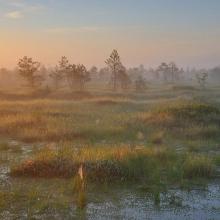
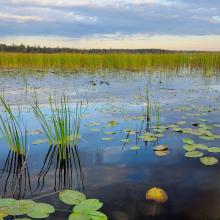
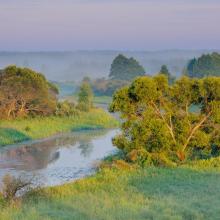






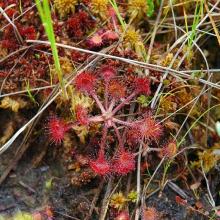


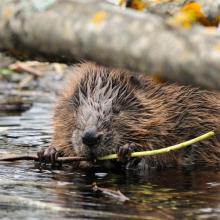

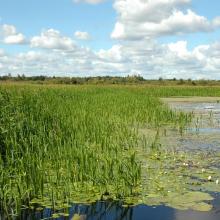
Berezinsky Biosphere Reserve
- Country:Belarus
- Site number:1927
- Area:85,192 ha
- Designation date:25-01-2010
- Coordinates:54°43'N 28°20'E
Materials presented on this website, particularly maps and territorial information, are as-is and as-available based on available data and do not imply the expression of any opinion whatsoever on the part of the Secretariat of the Ramsar Convention concerning the legal status of any country, territory, city or area, or of its authorities, or concerning the delimitation of its frontiers or boundaries.
Overview
Berezinsky Biosphere Reserve in northern Belarus comprises coniferous and broad-leaved forests, floodplains, meadows, transition mires and raised bogs. The Berezina River, which flows within the Site, is important for regulating water levels and ensuring supply; it supplies groundwater over a large area, maintaining water levels for the Site’s ecosystems, which is especially important due to the extent of the Reserve. The Site has one of the largest complexes of preserved mires in Europe, which have become rare in Belarus as a result of drainage activities. 23 internationally important biotopes are found, of which the rare ones cover more than half the Site. These biotopes support several nationally critically endangered species, such as the greater spotted eagle, European roller and sterlet sturgeon, and provide breeding and feeding grounds for species such as great snipe and common crane. Threats to the Site include river pollution from neighbouring fields and industrial sites, decreasing groundwater levels and overgrazing by cattle.
Administrative region:
Dokshitsy and Lepel districts of the Vitebsk region, Borisov district of the Minsk region
- Global international designation:
- UNESCO Biosphere Reserve
- National legal designation:
- Natural Area of Strict Protection
- Last publication date:18-10-2019
Downloads
Ramsar Information Sheet (RIS)
Archived RIS
Site map
Additional reports and documents
- Taxonomic lists of plant and animal species occurring in the site
- A description of the site in a national or regional wetland inventory
- Site management plan
- Other published literature
